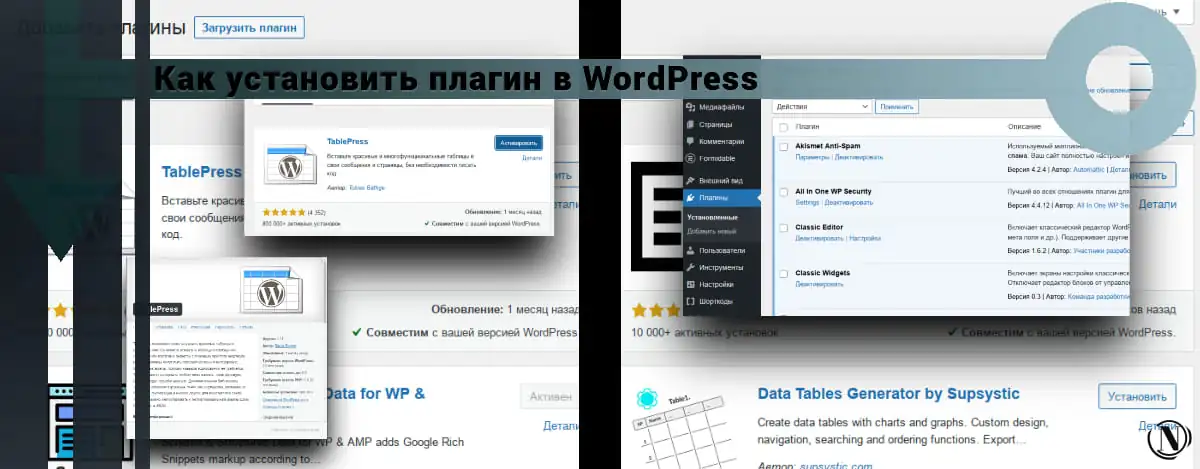Network bandwidth and traffic of your server
 Bandwidth is one of the important factors that determine the access speed of a host. Especially for sites with a lot of visits, size is extremely important. network bandwidth. Traffic is actually the accumulation of bandwidth over time, mathematically speaking it is the integration of bandwidth over time. To make a general analogy, let's take tap water as an example, the capacity is actually the flow rate of the water pipe, and the flow rate is the total amount of water flowing out.
Bandwidth is one of the important factors that determine the access speed of a host. Especially for sites with a lot of visits, size is extremely important. network bandwidth. Traffic is actually the accumulation of bandwidth over time, mathematically speaking it is the integration of bandwidth over time. To make a general analogy, let's take tap water as an example, the capacity is actually the flow rate of the water pipe, and the flow rate is the total amount of water flowing out.
Because network bandwidth and traffic are critical for servers, you must understand this concept well before buying a server, otherwise the hosting provider can easily deceive you. Here are some common misconceptions about network bandwidth.
The content of the article:
- 1. Two units of measurement that are easy to confuse: bytes and bits
- 2. Difference between sharing and dedicated
- 3. Thread
1. Two units of measurement that are easy to confuse: bytes and bits
When it comes to bandwidth, it will include a unit of bandwidth. Bandwidth is usually used as a unit (English bit). For example, adsl throughput is 2MB, which is actually 2MB per second. The previous M, as well as the corresponding K and G, should be found in everyone. It represents an order of magnitude, and the base is 1024. When evaluating, you can simply use 1000 instead. That is 1G=1024M 1M=1024K.
People who use computers are usually familiar with this concept, for example my hard drive is 120 GB. What do these 120Gs mean? This is actually 120G Byte, that is 120G bits, so everyone knows that they are different from the 2MB mentioned above.
Relationship between bytes and bits: one byte is equal to 8 bits. In the abbreviation, both letters b. It is customary to use an uppercase B for a byte abbreviation and a lowercase b for a bit, but the spelling is often confusing, so when you see a host's trademark bandwidth, you must first figure out if it is a byte or a bit.
Simply put, computer room bandwidth and host port bandwidth are all bits. However, some hosts limit peak bandwidth and some hosts use bytes for commercial use and some use bits. The difference is 8 times, so you need to clarify this information first.
2. Difference between sharing and dedicated
 usually not mentioned, only mentioned when the host is leased and hosted, because the virtual host is supposed to share the server's bandwidth and not be exclusive. The virtual host is separate from the server, so you need to understand the bandwidth of the server.
usually not mentioned, only mentioned when the host is leased and hosted, because the virtual host is supposed to share the server's bandwidth and not be exclusive. The virtual host is separate from the server, so you need to understand the bandwidth of the server.
As for how much each server can get, it depends on the number of servers in the cabinet and the bandwidth usage of each server. The 10M exclusive is to give each server a 10M port. Simply put, the bandwidth allocated to each server for 100M sharing is between 2M and 5M, so 10M dedicated sharing is better than 100M sharing.
Most of the servers used by internal virtual hosts are 100MP shared as well as 10M exclusive. But if someone says that his server is exclusive to 100M, be careful, suspicions of cheating are high.
In addition to the above, in fact, the bandwidth that a server can receive also depends on whether the bandwidth of the entire computer room is sufficient. A 10M exclusive or 100M exclusive is really just a 10M port or a 100M port connected to a switch.
As an extreme example, let's say the computer room has a 100M port, but the output from the computer room to the public network is actually only 10M, then you actually only have a maximum bandwidth of 10M. In that sense, the 100MB exclusive is actually shared, not that your export is connected to the backbone.
On a higher level, if a certain backbone network is congested, it will provide you with a 1G port to connect to the backbone network, and the bandwidth will still be limited. Thus exclusive and joint are actually relative.
Simply put, if the computer room's outbound bandwidth is 10 Gbps, the total amount of bandwidth allocated to servers or cabinets will be more than this value, which is called oversold. If there is no oversold, 10G bandwidth can only be allocated to 100 cabinets shared by 100M. Since not every server will always take up full bandwidth, reselling will allow more full use of resources. Bandwidth and other virtual host resources are similar to this principle, and there will be oversold phenomena, but as long as it is reasonable, it is beneficial to both the user and the host business.
3. Thread
In order to control network bandwidth, many hosting providers, especially US hosts, will limit traffic, so let's analyze the specific concept of traffic, an indicator of the size of a website's bandwidth.
Dedicated Server Monthly Maximum Flow 1.10M:
Bandwidth is specified in bits, so don't forget the 8x difference. The maximum monthly flow is calculated as follows: (10 m x 3600 x 24 x 30) / (1024 x 8) = 3164 GB.
That is, the monthly traffic limit of a 10M dedicated server is 3000G. It can be seen that regardless of whether the host company clearly states that the traffic limit is limited or not, in fact there is a limit. The above calculation is an ideal state and it seems that the maximum flow rate cannot be reached.
Simply put, a server must host at least 100 websites (many hundreds), so if you calculate the average, the traffic allocated to each website is actually only 30G per month.
What does 2.1G traffic mean?
Assuming one of your pages is 100KB, then the pages that can be accessed with 1G traffic are: (1x1024x1024)/100=10485, which means that 1G traffic can handle 10,000 PV per day. Many personal websites cannot achieve this high PV, so 30G of traffic per month is sufficient for many sites. Of course, if you download something, then the traffic can be very high.
Also, if the swap file is 100 KB, the traffic consumed on access may not be 100 KB. The browser caches the page and many elements will not reuse traffic. In addition, traffic consumption can be reduced using tools such as gzip.
In general, traffic restrictions are not as scary as most people think, and regardless of whether the host company restricts you or not, in fact, only traffic restriction is meant. If your server bandwidth is only 1 Mbps, you can only use 300 Gbps per month if you use it heavily.
Reading this article:
Thanks for reading: SEO HELPER | NICOLA.TOP









